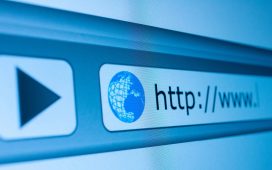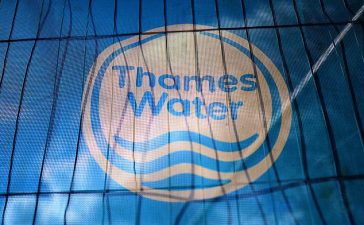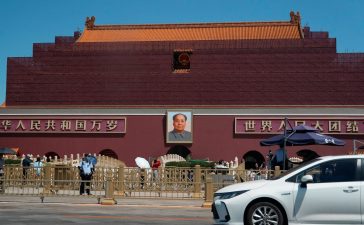Louisiana is gearing up to run a massive $1.36 billion grant program aimed at ensuring that every community, no matter how rural, has access to high-speed internet.
Officials say the result could be transformative.
“It’s the cornerstone of how our state is going to grow. It basically allows all of the people in rural Louisiana…to participate in our digital economy,” said state Rep. Daryl Deshotel, R-Marksville, who chairs the House Commerce Committee and has sponsored the law that regulates the grant program.
Over 140,00 locations — including schools, households, hospitals, businesses and public safety facilities — “lack the kind of internet speeds that they truly and richly deserve,” Veneeth Iyengar, director of the state Office of Broadband Development and Connectivity, told the House Commerce Committee in a meeting at the state Capitol on Monday.
Some of those locations are unserved, meaning they do not have any internet access, while others are underserved, meaning they don’t have adequate high-speed access, according to Deshotel.
He hopes the second phase of a program known as Granting Unserved Municipalities Broadband Access, or GUMBO, will bring the internet to every one of those locations. Louisiana is one of the highest-ranked states in executing broadband programs.
The $1.36 billion is federal money that Louisiana obtained through the Bipartisan Infrastructure Law. It must all be allocated to specific projects by the end of the year, Iyengar told the committee. Construction on some projects begin as soon as next spring, he said.
Previously, Louisiana obtained $172 million through the American Rescue Plan Act to bring broadband to 67,000 locations across the state, according to ConnectLA, the website for the Office of Broadband Development and Connectivity.
That program is known as GUMBO 1.0. About 88% of its projects are completed or underway, according to Iyengar.
The program covering the remaining 140,000 locations is known as GUMBO 2.0.
With the unprecedented rollout, challenges lie ahead. One concern is that companies will not bid on certain rural locations.
If an area does not get a bid, “we need to go back and figure out how to get someone to provide service to that area,” said Deshotel.
A major concern is that contractors installing cables could accidentally damage existing utilities. That’s already happened in some municipalities in the state.
Mayor Nick Cox of Minden told the Commerce Committee that his residents are excited to have broadband access, and that he has seen the change it brings to nearby communities.
But as the cables have been installed, the city has run into issues.
“A lot of those contractors aren’t very experienced, and it’s become very obvious,” Cox said, adding that a contractor recently tore out an underground electrical circuit.
In other cases, Deshotel previously said, construction has caused damage to water lines.
Deshotel has suggested setting up a state program that would map the locations of existing water or sewer lines, so that broadband companies and others might avoid those lines when installing their projects. He proposed creating such a program during the recent legislative session but withdrew that proposal amid concerns that it could have benefitted his son’s business.
Deshotel has said he was only focused on creating the best policy for Louisiana.
The mapping proposal has also drawn pushback from the broadband industry, and on Monday, Lauren Chauvin, the executive director of Louisiana Internet and television, said publicizing utility locations could create a security risk.
“Publicly disclosing the exact location of critical infrastructure poses significant risk including potential targets for terrorism, vandalism or sabotage,” she said. “Such vulnerabilities could lead to widespread service disruptions.”
Deshotel said much information about broadband infrastructure locations already is public.
Though it lacks language enabling the state to collect data on utility line locations, Act 632 of the recent legislative session — Deshotel’s law regulating the GUMBO program — does allow the state to “create a grant program and promulgate rules to prevent damage to existing utilities and ensure proper documentation of utilities.”
It further requires GUMBO 1.0 grantees to report to the state all known instances of damage to existing utilities that occurs during broadband construction. They must also give local governments 30 days notice before beginning construction.








